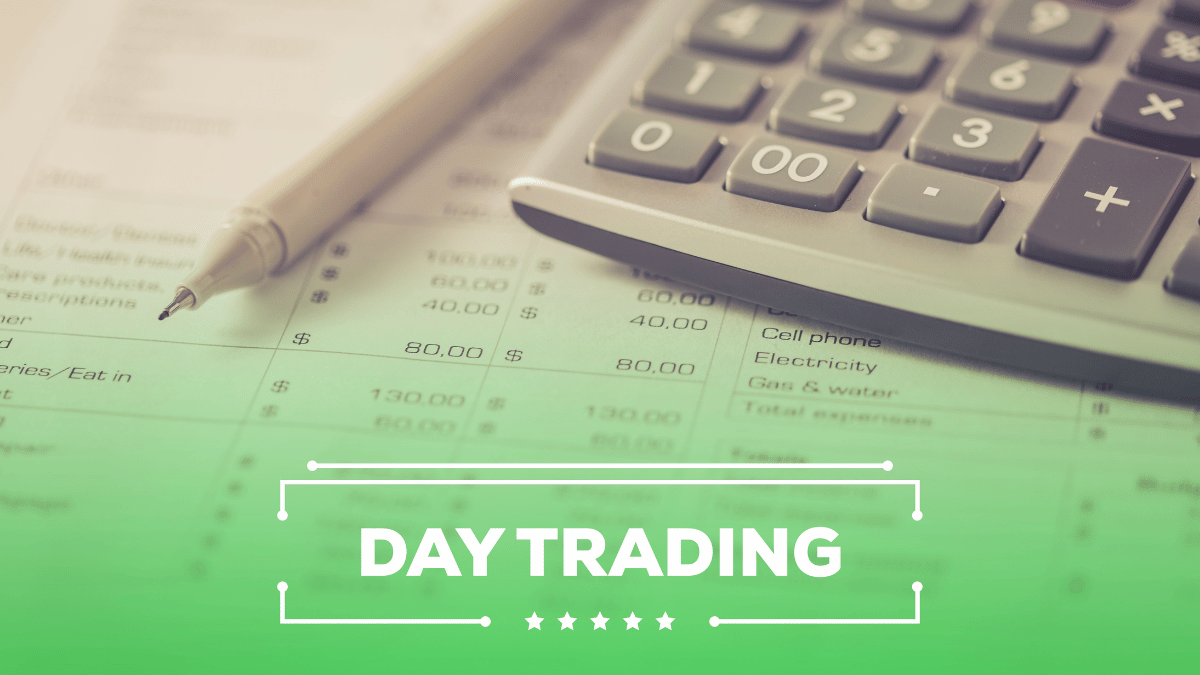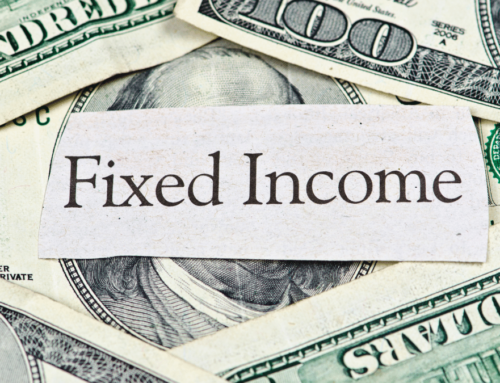Day trading and investing are two different strategies for capitalizing on financial markets.
Day trading involves frequent buying and selling of assets over the course of a single day while investing is a longer-term strategy that is focused on growth through securing ownership in an asset.
Understanding Your Investment Objective.
Before deciding if day trading or investing is right for you, it’s important to understand your investment objective. Are you hoping to generate a steady cash flow from your investment or looking to achieve long-term capital gains?
Knowing this will help you determine the best approach that fits your goals and financial resources.
Research the Strategies Involved in Trading and Investing.
Whether you are day trading or investing, it is important to conduct thorough research and understand the associated risks. With day trading, this means having a solid understanding of technical analysis and chart patterns so that you can make educated decisions regarding buying and selling.
On the other hand, when investing, it’s important to understand the different asset classes and investing strategies so that you are better equipped to manage investments with long-term goals in mind.
Understand Market Volatility and Risk Tolerance.
It is also important to get an understanding of the market volatility (e.g. how much of a profit or loss you’re willing to take) and your risk tolerance before making a decision to day trade or invest.
With day trading, there are greater potential risks associated with the amount of capital being traded in shorter time frames, as well as less margin for error if price movements don’t match expectations.
That said, when investing, the potential profits may be more modest in comparison, but this strategy still carries its own risks based on your asset allocations and investments.
Analyze Your Financial Position Before Starting.
Before you decide whether to day trade or invest, it is essential to analyze your financial position and commitments.
Take into consideration the amount of capital you have available for trading, your liquidity needs, and how long you plan to use the capital for. This will help you understand the potential net profit and risk associated with both strategies.
If you decide to day trade, it is advisable to set a limit on the number of trades that can be done in one month or quarter.
Monitor and Adjust Your Investment Strategies Regularly.
Regularly monitoring and adjusting your investment strategies is key to success in day trading or investing. As market conditions change, so should your trading and investment styles.
Monitor the performance of your trades or investments and adjust quickly if needed. Make sure to stay abreast of any economic news that could affect the performance of your trades.
By staying informed, you can make quick decisions that will put you in a better position to succeed financially.

David Rewcastle of Darien, Connecticut, is an Equity and Fixed Income Analyst with a background in Finance and Middle East Studies




Leave A Comment